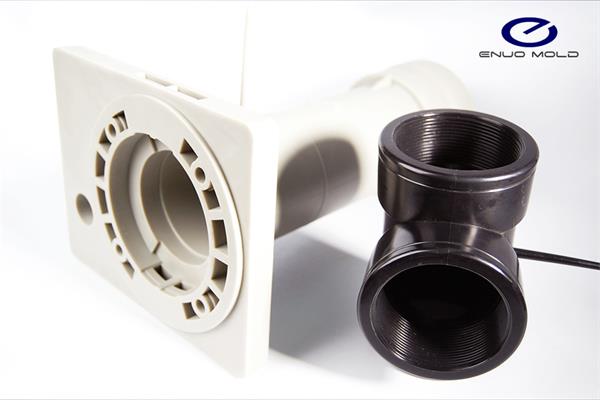Metal is not the only material that can be cast, plastic can also be cast. Smooth-surfaced objects are produced by pouring liquid plastic material into a mold, allowing it to cure at room or low temperature, and then removing the finished product. This process is often called casting. Commonly used materials are acrylic, phenolic, polyester and epoxy. They are often used to make hollow products, panels, etc., using plastic processes including dip molding, slurry molding, and rotational molding.

(1) Drop molding
The high temperature mold is soaked in molten plastic liquid, then slowly taken out, dried, and finally the finished product is peeled from the mold. The speed at which the mold is removed from the plastic needs to be controlled. The slower the speed, the thicker the plastic layer. This process has cost advantages and can be produced in small batches. It is commonly used to produce hollow objects such as balloons, plastic gloves, hand tool handles and medical equipment
(2) Condensation molding
The molten plastic liquid is poured into a high-temperature mold to create a hollow product. After the plastic forms a layer on the inner surface of the mold, the excess material is poured out. After the plastic has solidified, the mold can be opened to remove the part. The longer the plastic stays in the mold, the thicker the shell will be. This is a relatively high degree of freedom process that can produce more complex shapes with good cosmetic detailing. Car interiors are usually made of PVC and TPU, which are often used on surfaces such as dashboards and door handles.
3) Rotational molding
A certain amount of plastic melt is placed in a heated two-piece closed mold, and the mold is rotated to distribute the material evenly on the mold walls. After solidification, the mold can be opened to take out the finished product. During this process, air or water is used to cool the finished product. The finished product must have a hollow structure, and due to the rotation, the finished product will have a soft curve. In the beginning, the amount of plastic liquid determines the wall thickness. It is often used to make axially symmetrical round objects such as pottery flower pots, children’s play equipment, lighting equipment, water tower equipment, etc.
Post time: Jun-01-2022



